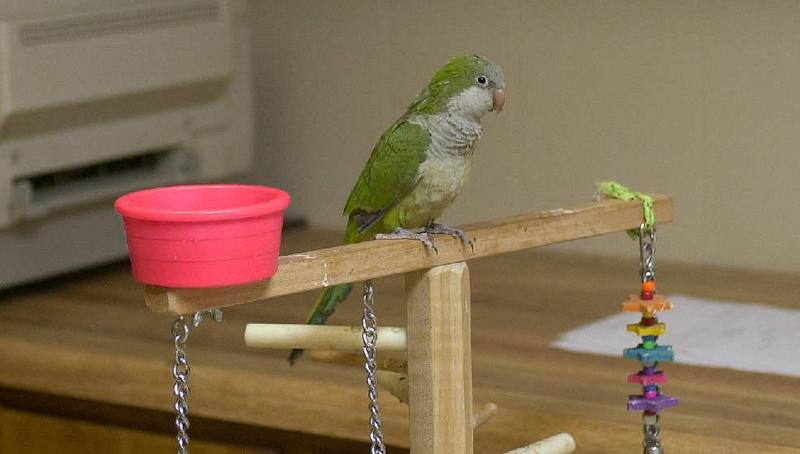|
| Query: bird | Result: 8018th of 32675 | |
bird
| Subject: | bird
| | Poster: | "Tom" (vango@farmerstel.com)
| |

| File size : 45979 bytes
File date : 2000:10:04 17:18:45
Resolution: 984x559
Jpeg process : Baseline
Posted Newsgroups: alt.binaries.pictures.animals
Posted Date: Fri, 29 Sep 2000 04:22:27 -0500 |
|
|

